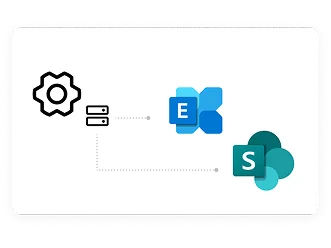- English
- Deutsch
Keep your data safe with tag-based ECM software


KORTO relies on its open, extensive, and secure APIs to connect with Microsoft 365, Google Workspace, or any other system willing to shake hands with KORTO.

Manage risks by configuring user access levels and permissions. Set up retention workflows covering the entire lifecycle of your records.

Upload records to KORTO and its tag-based classification system will ensure they remain easy to find. Supplement KORTO's system tags with action tags to launch workflows.

Leverage electronic signatures and timestamps fully compliant with EU (elDAS) and US (ESIGN, UETA) regulations.

KORTO logs each time someone accesses a record or makes a change, providing detailed searchable audit trails. Add a blockchain integration for absolute immutability.



Save time and find what you need quickly with KORTO's tag-based approach to Enterprise Content Management.
Read moreCreate workflows to chart the entire lifecycle of your records in line with your data retention policies.
Read moreKeep your records safe with KORTO’s secure cloud systems and APIs, granular access control, and blockchain technology.
Read moreSwitch your business content to autopilot with Cloud-based Enterprise Content Management System.
Read more about What is an enterprise content management system (ECM)?Or even understand themselves — revealing knowledge that’s been hidden in your systems all along?
Read more about What if your documents could talk — instead of just sitting in folders?